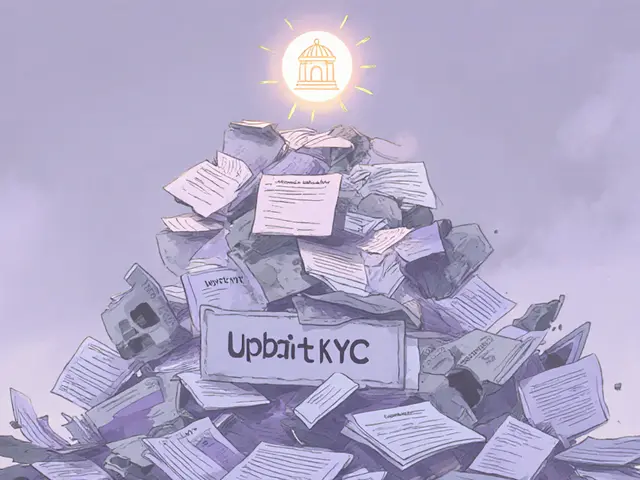Phala Miner Node: What It Is and How It Powers Privacy on the Blockchain
When you run a Phala miner node, a specialized computer that contributes computing power to the Phala Network to execute private smart contracts. Also known as a Phala worker node, it’s not just another crypto miner—it’s a privacy engine that lets you run code on the blockchain without exposing sensitive data. Unlike Bitcoin miners that solve math puzzles for rewards, Phala miners prove they’re executing encrypted tasks correctly, keeping everything confidential—even from the nodes themselves.
This is where Phala Network, a decentralized cloud computing platform built on Substrate that enables confidential smart contracts using Intel SGX technology comes in. It’s designed to turn idle CPU power into a privacy service. Think of it like renting out your computer’s spare cycles to run encrypted financial calculations, AI models, or private data queries—without anyone seeing what’s inside. The network rewards you in PHA tokens for keeping those tasks secure and accurate. It’s not about brute force. It’s about trustless privacy.
The decentralized computing, a model where computation is distributed across many independent machines instead of centralized servers behind Phala flips the script on traditional cloud providers. Instead of trusting Amazon or Google with your data, you let a global network of anonymous nodes handle it—verified by cryptography, not corporate policies. This matters because more DeFi apps, AI tools, and enterprise systems are moving on-chain, and they need privacy to function. Phala gives them that layer.
You don’t need a fancy GPU to run one. A standard desktop with a modern CPU and decent internet will do. The real barrier isn’t hardware—it’s understanding how to set it up, keep it online, and avoid slashing penalties. That’s why the posts below cover real setups, common mistakes, and how to maximize rewards without getting locked out. Some of them even compare Phala to other privacy-focused networks like Secret Network or Oasis. Others break down how mining rewards are calculated, why uptime matters more than hash rate, and what happens when Intel SGX gets deprecated.
What you’ll find here isn’t theory. It’s what people are actually doing with Phala miner nodes today—whether they’re running them in their basement, a data center, or even a Raspberry Pi tucked behind a router. No fluff. No hype. Just the facts on how this piece of blockchain infrastructure is quietly changing how private data moves on-chain.

Learn how to claim 30 PHA tokens from the Phala Network airdrop before November 20, 2025. Requirements, steps, risks, and what happens after the Polkadot parachain shuts down.
Jonathan Jennings Nov 20, 2025




